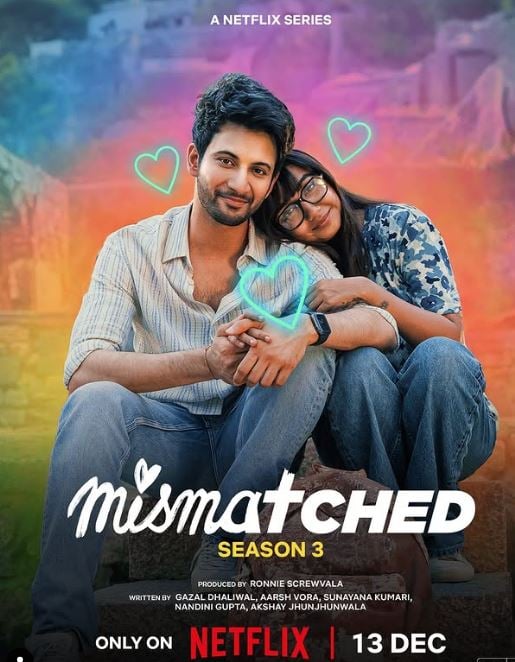Video Boost on Google Pixel 8 Pro just got more noticeable » Today Latest Stories

summary
-
A UI tweak in the Pixel Camera app prompts users to enable Video Boost on the Pixel 8 Pro.
-
Video Boost is not enabled by default on the Pixel 8 Pro, so users need to turn it on manually from Settings every time they reopen the camera.
-
The Google Pixel 8 Pro’s Video Boost feature was recently rolled out as part of the December Pixel Features Drop.
The Google Pixel 8 series ranks among the best Android smartphones you can get today. Although AI capabilities are bundled across both devices, some are exclusive to the more expensive Pixel 8 Pro, including Video Boost. Although this feature was first revealed during the Made by Google event in October, it has only started rolling out to the 8 Pro’s Pixel Camera app. Advance this month. We are now facing a small UI tweak to the app that aims to alert users to enable Video Boost in certain situations.
While trying to take a video in a dimly lit environment, the Pixel Camera app on one of the Pixel 8 Pro units returned the following on-screen prompt – Try enhancing your video with Night Sight. To be clear, this is different from the introductory message Pixel 8 Pro users received to try out Night Sight when it arrived, which took up roughly three-quarters of the screen and also had a large toggle to enable Video Boost.
This new prompt is less intrusive by comparison, as it appears in the center of the screen. From our understanding, this message only appears while trying to shoot videos in low-light situations with the Pixel 8 Pro. Tapping the message will take you to the toggle inside the camera settings to enable or disable Video Boost.
The Pixel Camera app notifying users that Video Boost is on is important since it’s set to off by default. So, if you take a video using this capability and close the Camera app, Video Boost will be turned off when you reopen the app. It’s not clear why this restriction was imposed, but we assume it’s due to fear that large file sizes will affect storage space allocation or Google not wanting to overburden its servers.
Video Boost is connected to Google Photos and the company’s cloud servers. So, every time a video is captured using Video Boost, it is sent to Google’s servers and then sent back to the phone. However, the process in its current state is very time consuming, taking more than three hours in some cases to recover edited video after the initial upload.
With these factors in mind, the decision to notify users about Video Boost when they are in a low-light area makes sense. It’s unclear at this time whether this new popup was rolled out as part of a server-side update or through a new version of the Pixel Camera app.
Although Video Boost on the Pixel 8 Pro isn’t without its drawbacks, it’s definitely one of the most exciting features of the Pixel 8 Pro. We couldn’t find much benefit using Video Boost during the day, but when paired with Night Sight and a dimly lit environment, it does the job well.

Google Pixel 8 Pro
$799 $999 Save $200
The Google Pixel 8 Pro is the company’s latest flagship phone, featuring a new Tensor G3 chip, a brighter display, and a new camera array capable of capturing more light. As usual, the real power lies in Google’s Tensor chip, which provides even more image enhancement and editing features.








